About This Book
Programming Challenges and Algorithmic Puzzles
What Lies Ahead
Meet the Authors
Meet Our Online Co-Instructors
Acknowledgments
Algorithms and Complexity
What Is an Algorithm?
Pseudocode
Problem Versus Problem Instance
Correct Versus Incorrect Algorithms
Fast Versus Slow Algorithms
Big-O Notation
Algorithm Design Techniques
Exhaustive Search Algorithms
Branch-and-Bound Algorithms
Greedy Algorithms
Dynamic Programming Algorithms
Recursive Algorithms
Divide-and-Conquer Algorithms
Randomized Algorithms
Programming Challenges
Sum of Two Digits
Maximum Pairwise Product
Naive Algorithm
Fast Algorithm
Testing and Debugging
Can You Tell Me What Error Have I Made?
Stress Testing
Even Faster Algorithm
A More Compact Algorithm
Solving a Programming Challenge in Five Easy Steps
Reading Problem Statement
Designing an Algorithm
Implementing an Algorithm
Testing and Debugging
Submitting to the Grading System
Good Programming Practices
Algorithmic Warm Up
Fibonacci Number
Last Digit of Fibonacci Number
Greatest Common Divisor
Least Common Multiple
Fibonacci Number Again
Last Digit of the Sum of Fibonacci Numbers
Last Digit of the Sum of Fibonacci Numbers Again
Greedy Algorithms
Money Change
Maximum Value of the Loot
Maximum Advertisement Revenue
Collecting Signatures
Maximum Number of Prizes
Maximum Salary
Divide-and-Conquer
Binary Search
Majority Element
Improving QuickSort
Number of Inversions
Organizing a Lottery
Closest Points
Dynamic Programming
Money Change Again
Primitive Calculator
Edit Distance
Longest Common Subsequence of Two Sequences
Longest Common Subsequence of Three Sequences
Maximum Amount of Gold
Partitioning Souvenirs
Maximum Value of an Arithmetic Expression
Appendix
Compiler Flags
Frequently Asked Questions
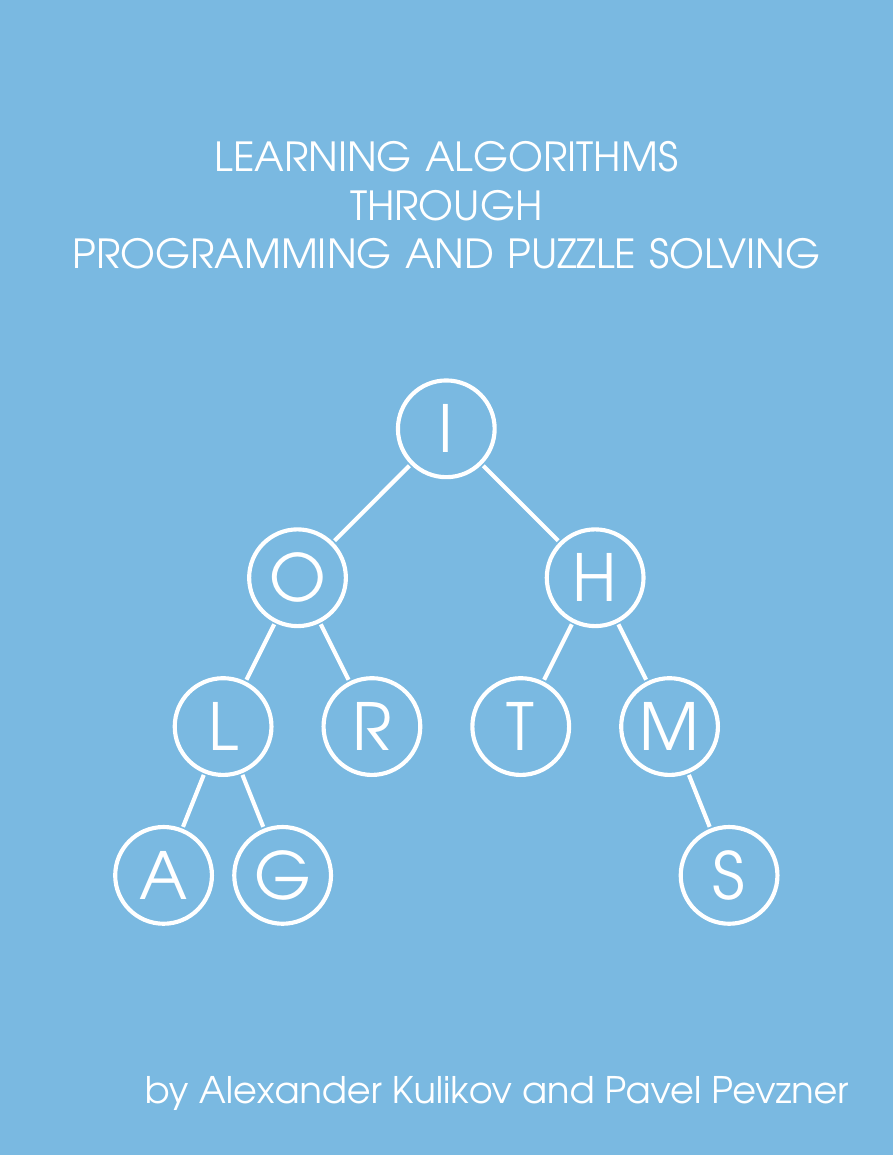
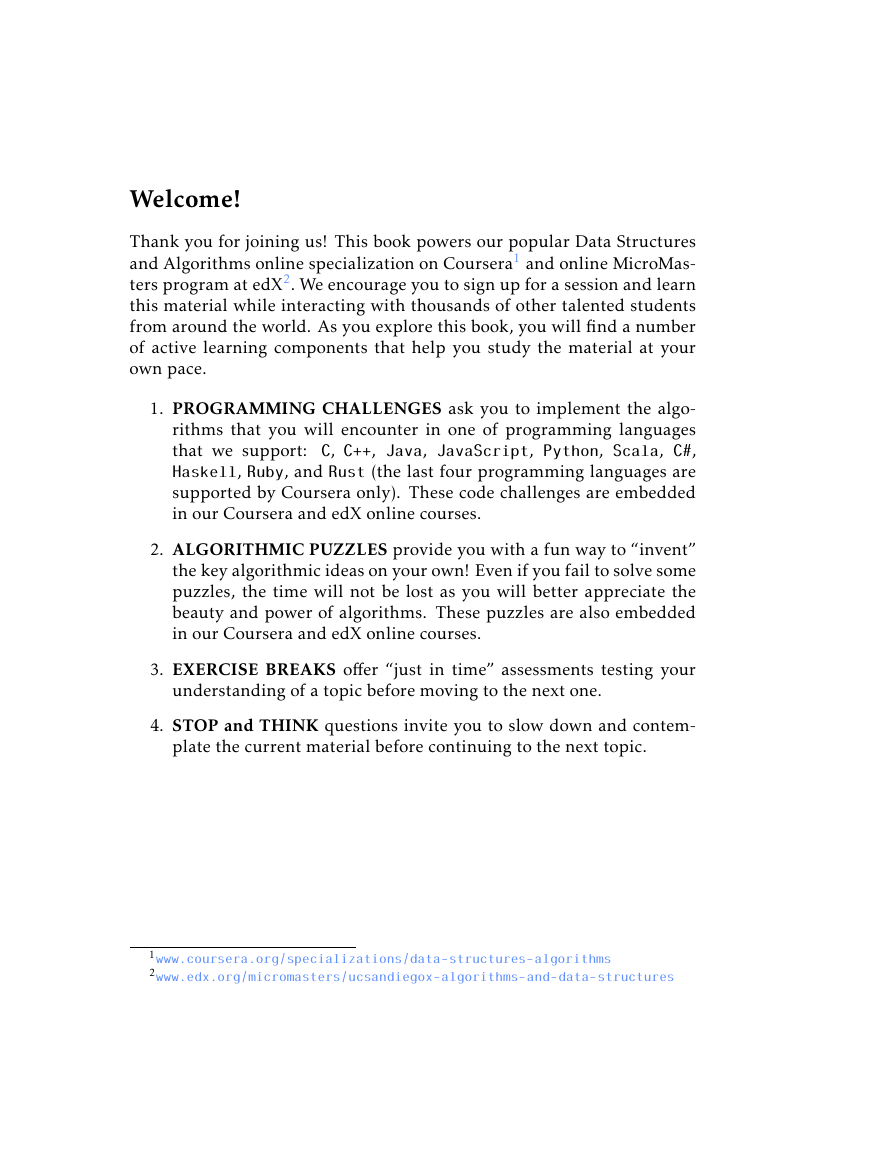
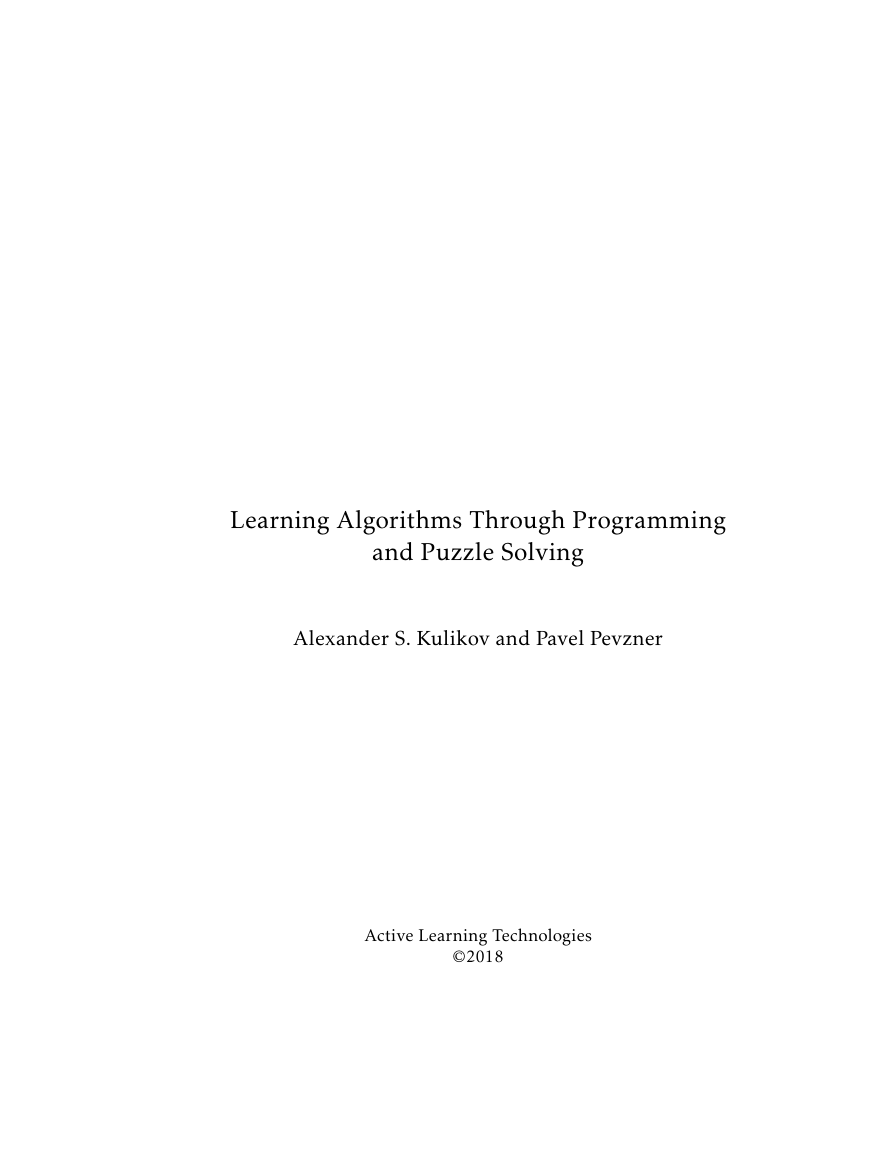
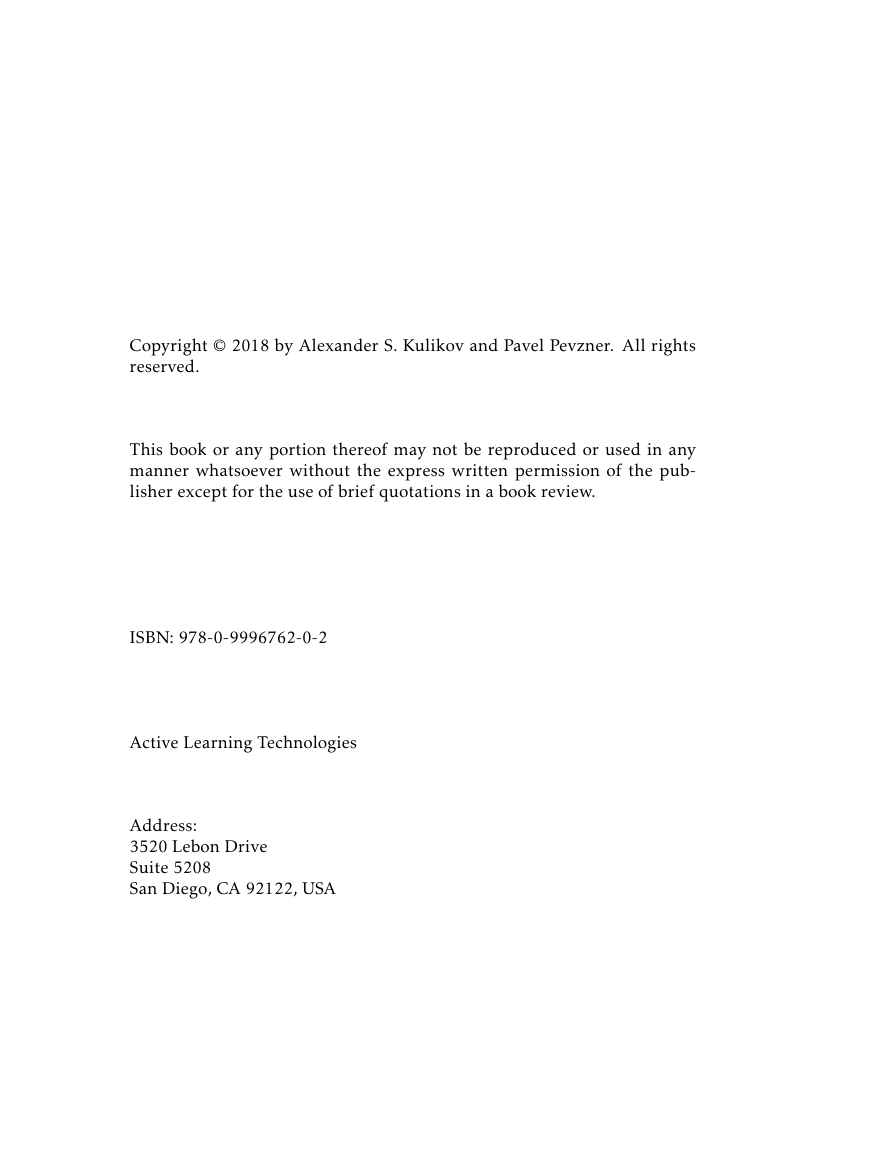
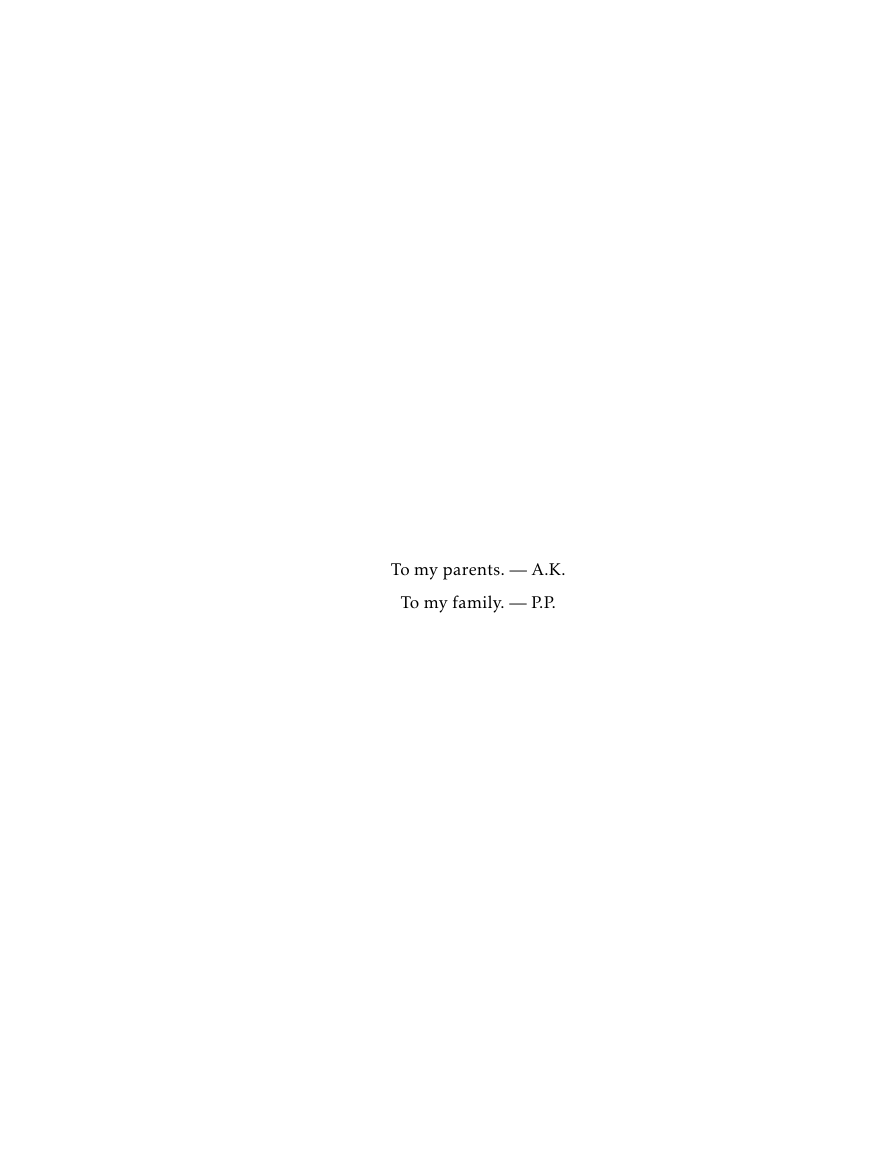
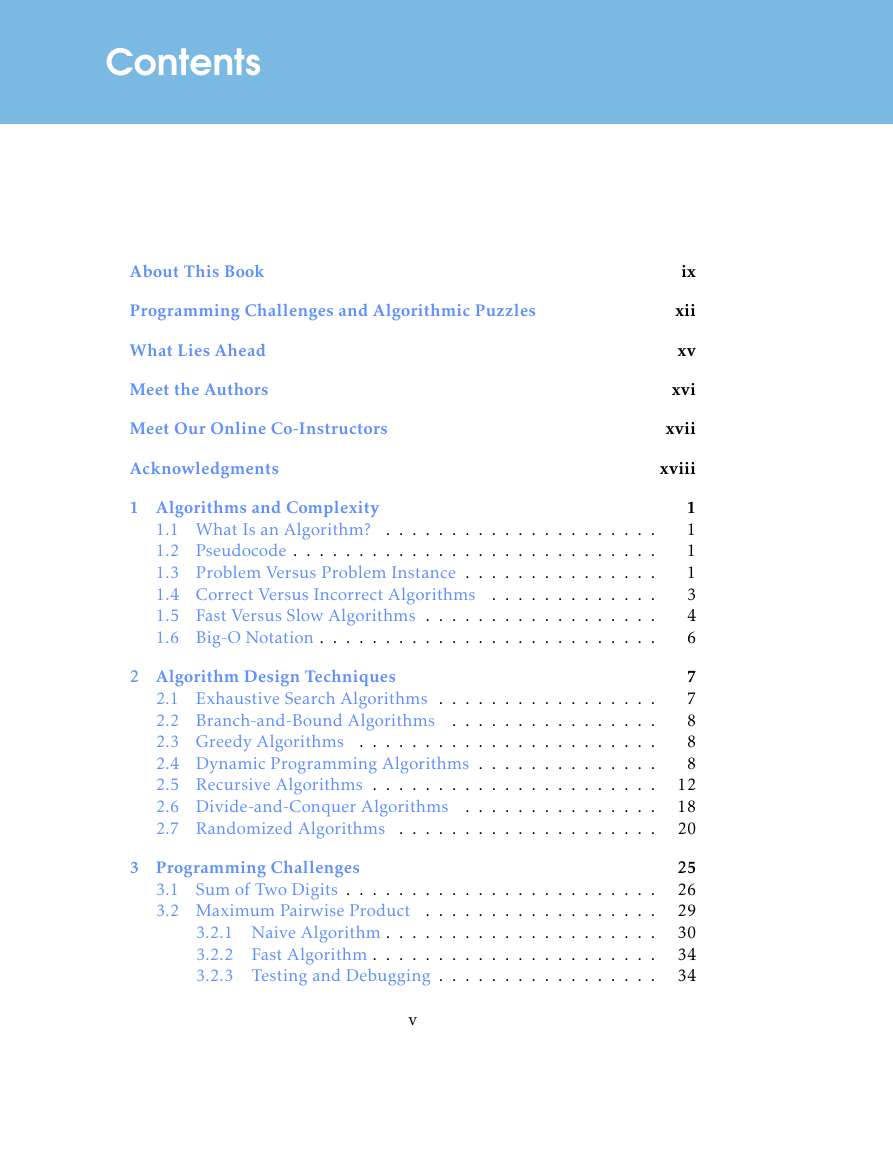
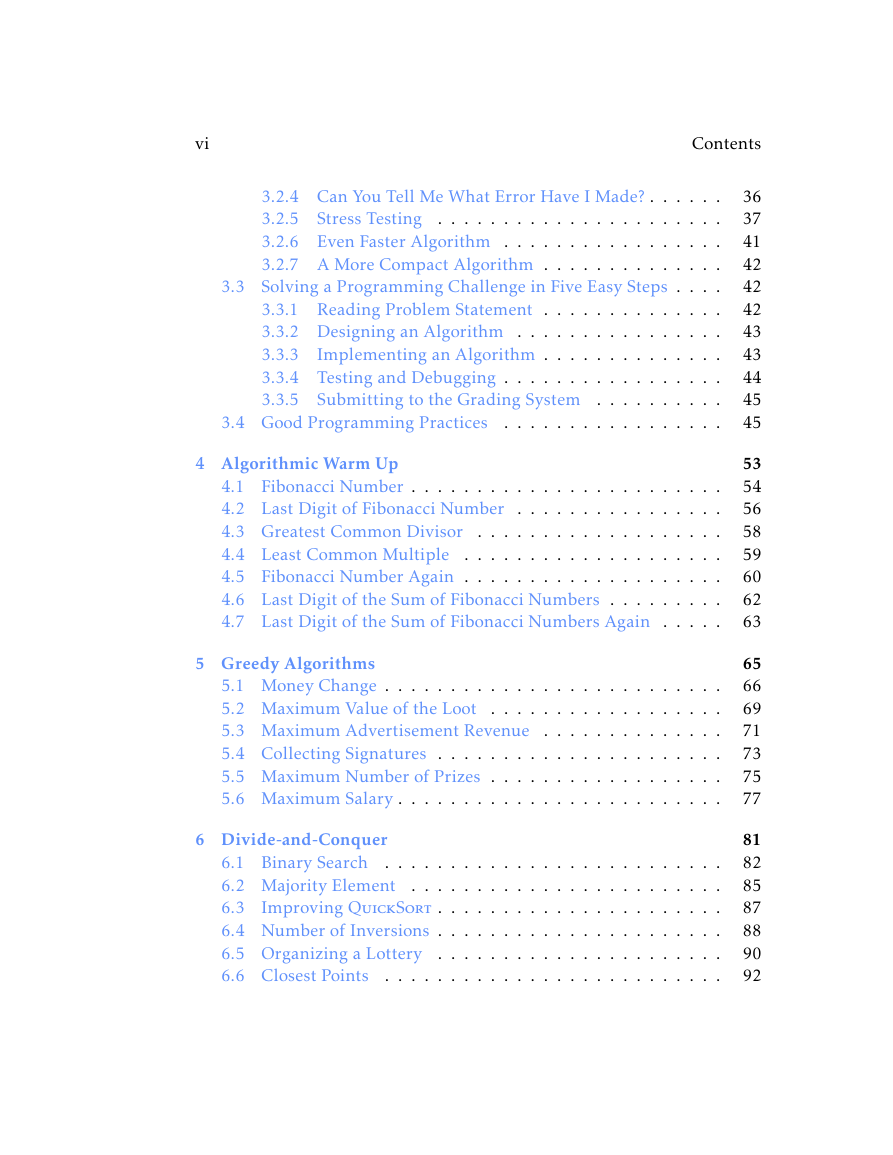
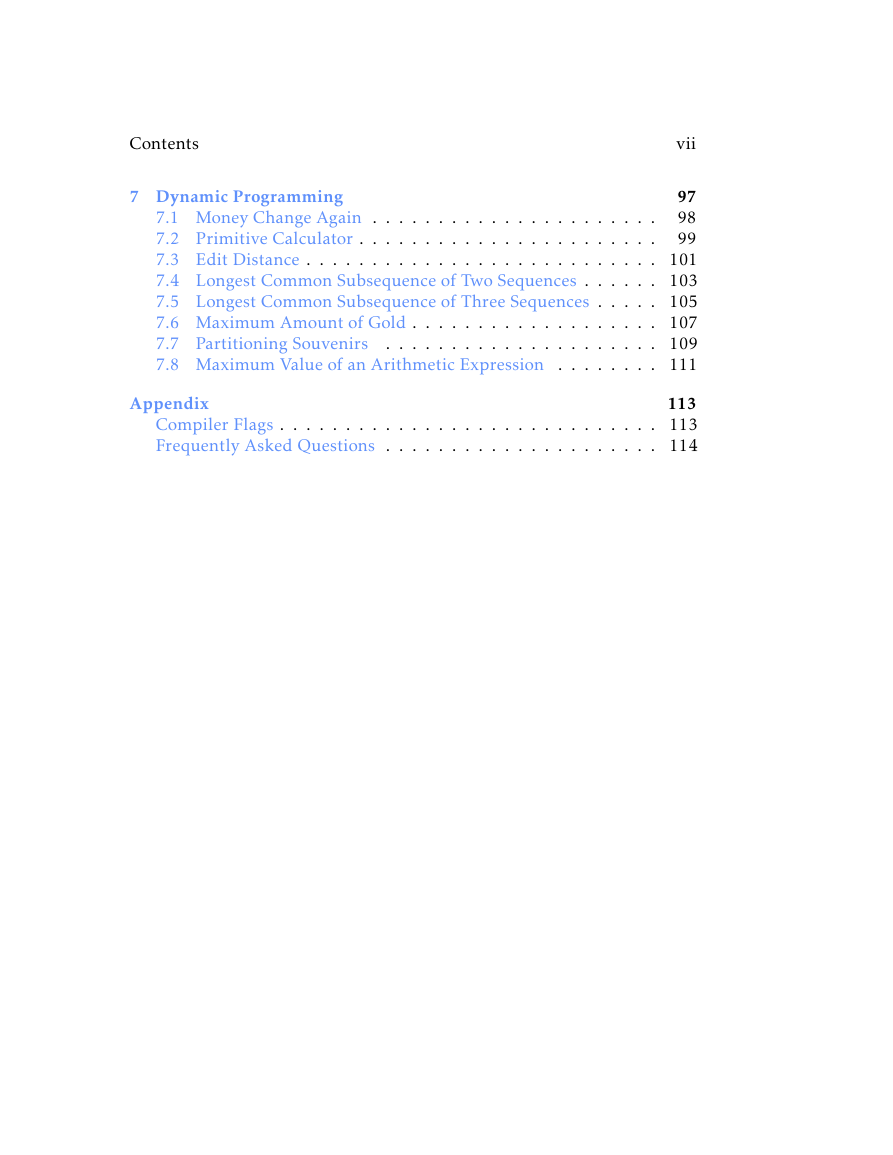








 2023年江西萍乡中考道德与法治真题及答案.doc
2023年江西萍乡中考道德与法治真题及答案.doc 2012年重庆南川中考生物真题及答案.doc
2012年重庆南川中考生物真题及答案.doc 2013年江西师范大学地理学综合及文艺理论基础考研真题.doc
2013年江西师范大学地理学综合及文艺理论基础考研真题.doc 2020年四川甘孜小升初语文真题及答案I卷.doc
2020年四川甘孜小升初语文真题及答案I卷.doc 2020年注册岩土工程师专业基础考试真题及答案.doc
2020年注册岩土工程师专业基础考试真题及答案.doc 2023-2024学年福建省厦门市九年级上学期数学月考试题及答案.doc
2023-2024学年福建省厦门市九年级上学期数学月考试题及答案.doc 2021-2022学年辽宁省沈阳市大东区九年级上学期语文期末试题及答案.doc
2021-2022学年辽宁省沈阳市大东区九年级上学期语文期末试题及答案.doc 2022-2023学年北京东城区初三第一学期物理期末试卷及答案.doc
2022-2023学年北京东城区初三第一学期物理期末试卷及答案.doc 2018上半年江西教师资格初中地理学科知识与教学能力真题及答案.doc
2018上半年江西教师资格初中地理学科知识与教学能力真题及答案.doc 2012年河北国家公务员申论考试真题及答案-省级.doc
2012年河北国家公务员申论考试真题及答案-省级.doc 2020-2021学年江苏省扬州市江都区邵樊片九年级上学期数学第一次质量检测试题及答案.doc
2020-2021学年江苏省扬州市江都区邵樊片九年级上学期数学第一次质量检测试题及答案.doc 2022下半年黑龙江教师资格证中学综合素质真题及答案.doc
2022下半年黑龙江教师资格证中学综合素质真题及答案.doc